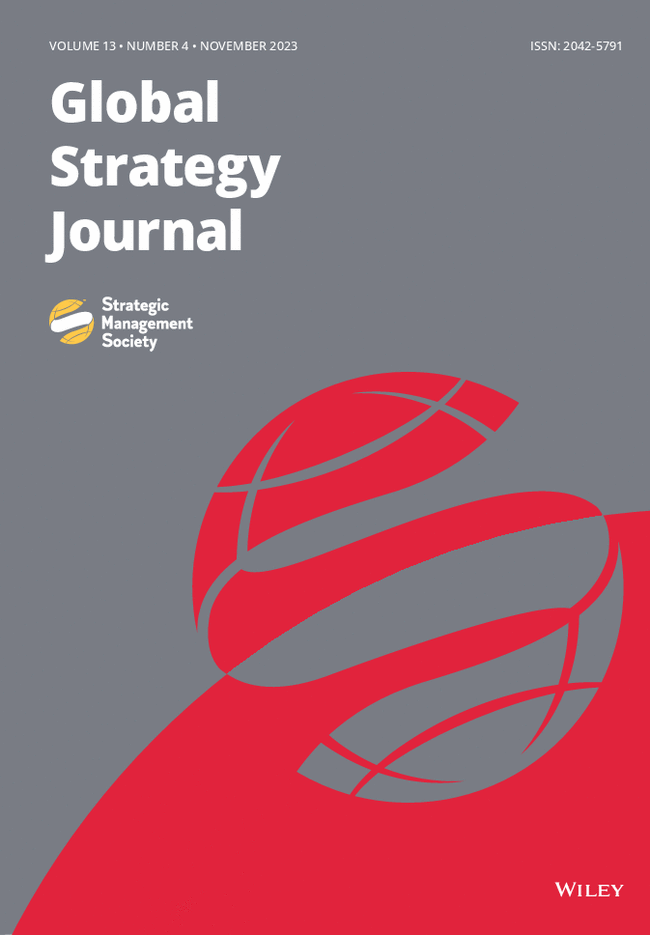This article applies a mixed-method approach to explore the complexities of post-mergers and acquisitions (M&A) integration processes. Extant literature provides significant insights regarding the impact of task and human integration and their influence on post-integration processes. However, the literature often fails to differentiate between subelements of these two dimensions. This article investigates task and human integration in a cross-border M&A aimed at efficiency and innovativeness. We highlight the importance of a clear distinction between two subelements of task integration (product harmonization and structural integration) and show that different interorganizational contexts matter. Consequently, we propose a conceptual framework based on two contextual characteristics—source of synergy and choice of location—suggesting that different integration approaches should be applied simultaneously in different contexts of the same post-M&A organization.
Due to the complexity of the post-M&A integration process, organizing and managing such a process is a challenge to most practitioners. Understanding how to manage different integration dimensions increases the need for prioritization in order to bypass a one-size-fits-all initiative. We suggest that managers should apply a differentiated postintegration approach, depending on specific organizational contexts. A product-focused approach seems to fit best in a context where target and acquirer remain working in separate locations, but on similar products. A structure-focused approach is recommended when target and acquirer remain separated, but work on complementary products. Finally, a people-focused approach is proposed when target and acquirer are colocated.



